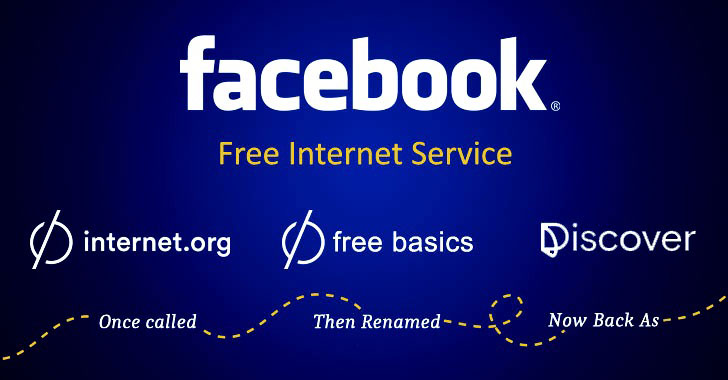Microsoft commercially released an operating system called “Windows 7” in October 2009. Windows 7 is famously known as “Vienna” and “Black-Comb” in development. This Windows is built on the Vista Kernel, but there are many differences between Windows 7 and Vista, such as faster boot times, Internet Explorer 8’s addition, and much more.
Microsoft Windows 7 is available in three different retail editions, all over the world and they are Windows 7 Ultimate, Professional, and Premium editions. Furthermore, OEM, Starter and Enterprise editions are also available in different markets.
Features of Windows 7
1. Speed
As compared to Vista, Windows 7 is designed for speed. It brings a more sprightly and responsive feel because Microsoft has spent a lot of efforts as well as time to get the best start menu response.
2. Staking
If you drag a window to side screen, it can automatically stick to side, filling half the screen. Moreover, move to the top to maximize the screen. Furthermore, simply click on the right bottom, everything will be minimized and you will see the desktop.
3. Touch
Touch capability is one of the most whizz bang visual features of this Windows. However, it is only available to touch enabled computers, and tabs. This feature provides a new way of interacting with computers.
4. Direct Access for Mobile Workers
This feature allows IT administrators to distribute software updates as well as update group policy settings by simply connecting any mobile device with the internet. Moreover, the DA supports encryption and multi factor authentication.
5. Branch Cache
It also provides WAN optimization with the help of more effective use of read only and local caches.
6. Bit-Locker To Go
Windows 7 also extends key management and on-disk encryption techniques to the portable storage devices.
7. Virtual Hard Disk Support
Just like a physical drive, you can mount a virtual hard disk and interact with it.
8. Enterprise Search
This Windows extends the search to remote the document repositories, web applications and SharePoint websites.
9. Enhanced VDI
It allows the administrators to use the same master image for remote clients using the traditional desktop as well as desktop infrastructure computers.
10. App-Locker
Windows 7 allows IT administrators to use the group policy for specifying rules about what the software applications can be run on the desktop of particular users.
11. XP Mode
It allows all older applications that were designed for Windows XP to use a virtualized version of XP OS.
Win 7 Requirements
In order to work well, Windows 7 requires at least 1 GB RAM, 16 GB free hard disk space, DirectX 9 graphics device and 1 GHz processor.
How Windows 7 Works?
The trial version of this Windows is for 30 days only and after this you are required to purchase the Windows.
So what are you waiting for? Install this windows today and you will certainly forget the old-fashioned Windows.
Conclusion:
Finally, you can enjoy Windows 7 on your computer. Although Windows 8, Windows 8.1 and even Windows 10 is available in the market these days, but still Windows 7 users do not want to switch to other Windows because of its awesome features.
Umair Abbas
















